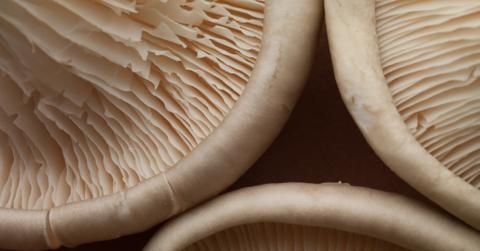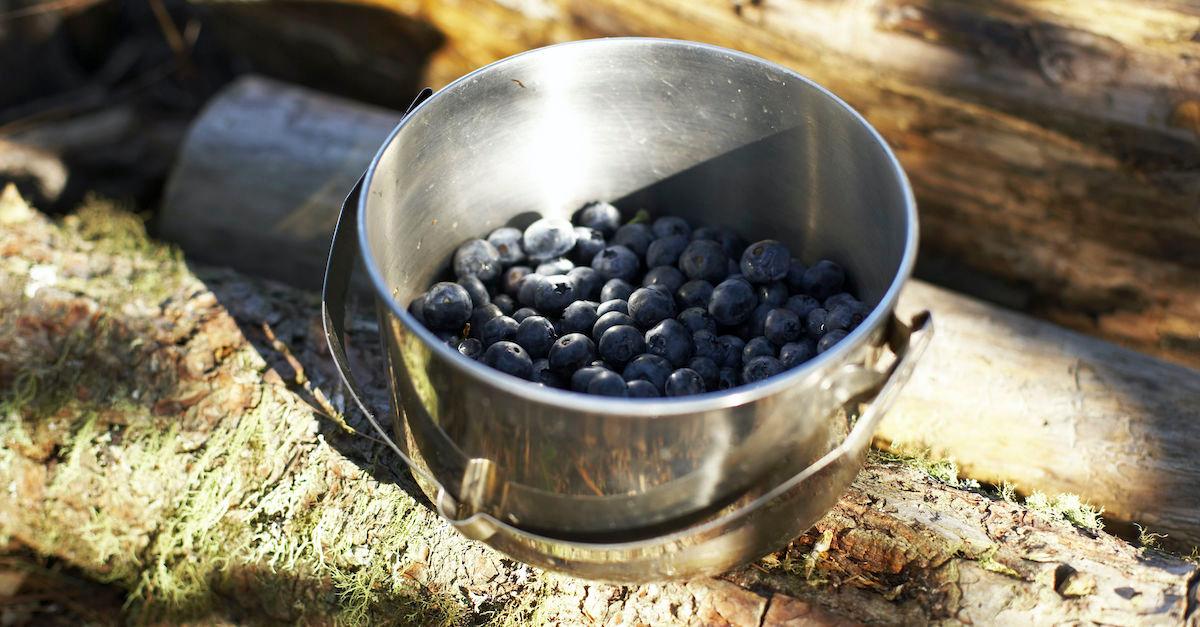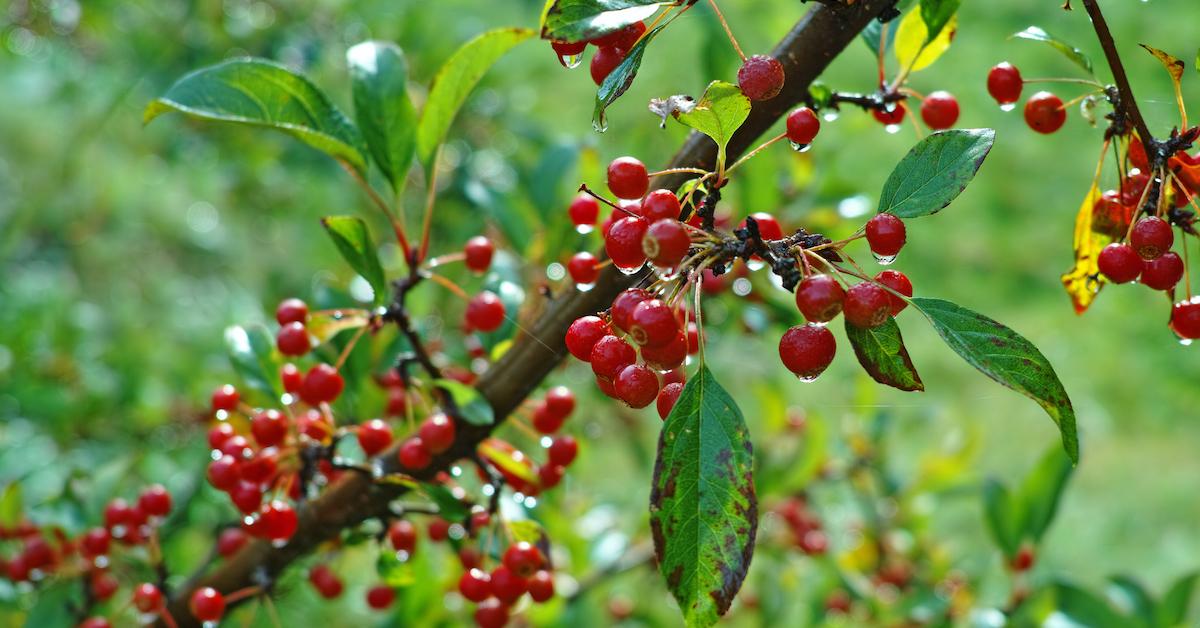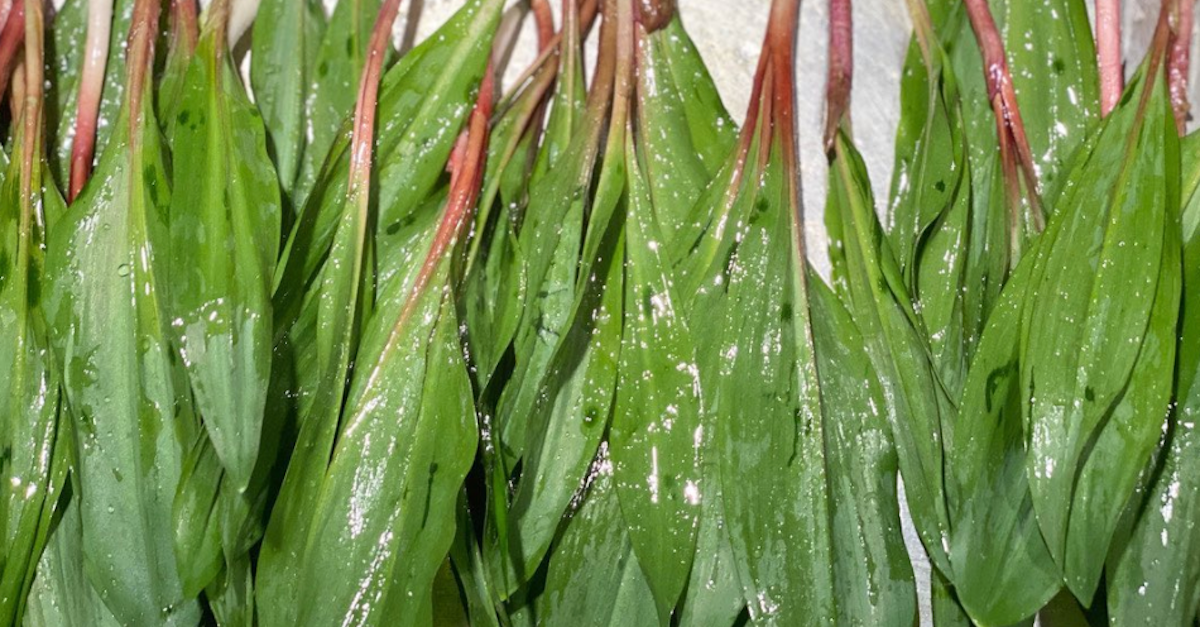What to Know About Foraged Vegetables, From a Produce Expert (Exclusive)
Published June 10 2021, 2:48 p.m. ET

In the world of sustainability, you've likely heard of foraging — while humankind has been foraging for food for thousands of years, many have taken to doing so as an eco-friendly means of obtaining food. If you aren't familiar with the practice, British Local Food defines foraging as "searching, identifying and collecting food resources in the wild." From vegetables and fungi, to fruit and herbs, it includes anything that wasn't intentionally grown — it could even include weeds and seaweed.
Whether foraging piqued your interest because it connects you with nature, because it doesn't involve chemicals or fertilizers, because it minimizes food milage, or simply because it's a free source of nutrients, there are many reasons to start gathering your food. That said, Green Matters caught up with Pat Ahern, produce expert and director of supply chain at Baldor Specialty Foods, who told us all about it.

GREEN MATTERS: What are some of your favorite foraged foods?
PAT AHERN: We don’t forage, but we work with the people that do! While we don’t forage ourselves, some of our favorite foraged items to buy are wild mushrooms – morels and chanterelle, in particular – ramps, and fiddleheads, because who doesn’t love spring?
GM: What are the benefits of foraging?
PA: The benefits [of foraging] are freshness and seasonality in a world where seasonality is increasingly rare. Foraging also gives us the opportunity to connect more closely with the earth and with the historically interesting, and once necessary, foods that have been with us since before the era of commercial farming – all the way back to when we, as a human race, were hunter-gatherers instead of shopper-buyers.

GM: Ramps are becoming increasingly more popular— why might that be?
PA: It starts with companies like ours, who bring in new and interesting products and the chefs — both young and old, who have a passion for exciting menu options — that bring them to the public. The food magazines pick up on the trend and the cooking channels follow suit. This magnifies its popularity, retail picks up the trend and brings it to home cooks, and supply-and-demand take over from there.
GM: Do you have any favorite resources for those interested in foraging?
PA: Google is a great place to start, but one should always consult a person in-the-know before eating something foraged. Even if it looks like the picture in a book or online, nature has a way of disguising weeds as plants and poison as nectar of the gods. All that glistens is not always gold, so be sure to do your research and be cautious!
Additional foraging resources:
Instagram's foraging community also has some seriously incredible and knowledgable voices, including @foragingandfeasting, @blackforager, and @wild_food_around_the_world — even if you aren't about to go pick some wild garlic to season your next meal, or bramble berries to fill your Sunday pie, their findings and creations are seriously magical. They could ultimately inspire your next creation (even if you do decide to buy the ingredients from Whole Foods).
